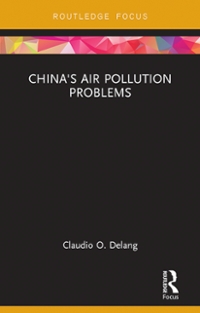Question
Let's take a look at Invisible Hand Property 2 in action using a mathematical example. Suppose an industry is characterized by the following equations. We're
Let's take a look at Invisible Hand Property 2 in action using a mathematical example. Suppose an industry is characterized by the following equations. We're going to assume that all individual firms are identical to make this problem a little simpler.
- Demand: =1002QD=1002P
- Individual firm's supply: =0.5+0.1qS=0.5+0.1P
- Market supply with n firms: ==0.5+0.1QS=nqS=0.5n+0.1nP
- Individual firm's average cost: =55+24.2AC=5qS5+24.2qS
c. The Elimination Principle says that profits will be eliminated in the long run, which means that AC = P. We will use that fact to figure out how many firms will be in this industry in the long run.
Using =AC=P, find qS, the number of units that each firm will make in the long run.
qS:
Then use qS to find P, the longrun price of output.
P: $
Now use P to find QD, the amount of output demanded by consumers in the long run.
QD:
Finally, use QD and qS to find n, the number of firms in the long run.
n:
Step by Step Solution
There are 3 Steps involved in it
Step: 1

Get Instant Access to Expert-Tailored Solutions
See step-by-step solutions with expert insights and AI powered tools for academic success
Step: 2

Step: 3

Ace Your Homework with AI
Get the answers you need in no time with our AI-driven, step-by-step assistance
Get Started


